RAUHKVARTS (SMOKE QUARTZ)
 Characteristics of the mineral.
Characteristics of the mineral.
Rauchkwarz ( old rauchtopaz ) is a smoky variety of crystalline quartz from gray to dark gray, honey-brownish and brown (but not yet black), a necessarily transparent mineral. Has nothing to do with topaz. Mineralogically smoky quartz is a crystalline variety of quartz and is the closest relative of rock crystal, amethyst, citrine, rose quartz. In fact, rauchtopaz is an obsolete Russian name, which remained mainly in foreign non-Ukrainian everyday life. Unlike the morion, smoky quartz is very popular in modern jewelry and is highly valued along with amethyst, citrine and other natural precious stones. It can even be valued on a par with topaz. Especially beautiful and valued its smoky-golden crystals. The color varies from a light grayish haze to a dark veil. It is impossible to specify the boundary when quartz from Rauchkvar passes to Morion, but it is believed that the Raukhkwaris are transparent, and the morions in the thin layer only shine through. It is also difficult to indicate the boundary between light smoky quartz and pale yellowish natural citrine. Seized in the sunlight, amethysts can also be mistaken for smoky quartz. To diagnose dubious varieties of quartz, it is better to turn to gemologists.
Synthetic Raukhkvar does not exist yet (its natural reserves are sufficient), in jewelry made of gold and silver it is not falsified, but it can cost unduly expensive. To believe the oath of the seller that it is a natural topaz, it is impossible - topazes are never smoky. Rauchtopaz is nothing more than a commercial name for smoky quartz, which in most cases is cheaper than natural topaz.
The smoky color of the Raukhkvarts is unstable - at a temperature of 300-320 ° C it practically disappears. This property was used in the Urals in Russia in the 17th-19th century, where a morion or smoky quartz was baked in bread for obtaining citrine - in Ukraine it was NEVER done. In the crystals of smoky quartz, as well as amethyst, it is possible to observe the phenomenon of anomalous pleochroism - a change in color from violet to greenish-smoky when the stone rotates, which must be taken into account in jewelery processing and stone cutting.
For security reasons, we do not recommend buying transparent, defect-free (without visible internal defects) samples of Raukhkvarts and other transparent, defect-free stones larger than 1.5 x 1.5 x 1.5 cm in private collections. They can be officially leveled to jewelry raw materials and licensed Activity. If the sample is thin (regardless of the degree of defectiveness, thinner than 1.5 cm) - regardless of the area and other dimensions, it is not a raw material for the jewelry industry in principle.
Magic properties of stones.
Rauchkwarz (the old rauchtopaz) is also not a stone for everyone. He introduces a person into the world of illusions and, put under the pillow, stimulates prophetic dreams (which can be incorrectly styled), and also absorbs external negative energy. Before buying and wearing these stones, a person should think whether he is exposed to dreams, illusions and the influence of the other world. Rauchkvarts is a stone of calm and meditative contemplation, it calms people too emotional, relieves jealousy, resentment and pride. This mineral dissipates negative formations and emotions, "works" with the subconscious. As a talisman Rauchkwarz protects from magic. Thanks to this stone, the highest trance state is attained - nirvana, the state to which all yogis and oriental sages strive. Thus, Rauchkwarz can be safely called a contemplation stone, a stone of nirvana, capable of leading consciousness to nowhere ("into emptiness").
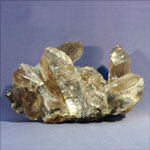
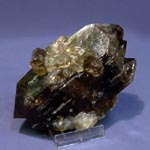
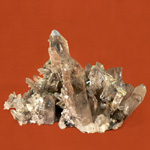
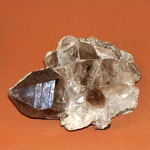

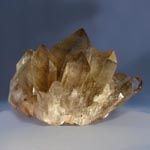
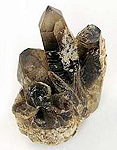
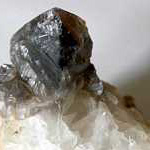
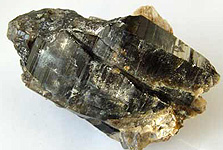


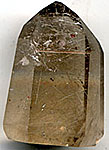
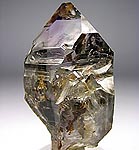

Poisonous and radioactive dangerous stones and minerals
** - poisonous stones and minerals (mandatory check in the chemical laboratory + explicit indication of toxicity).
** - radioactive stones and minerals (mandatory check on the standard dosimeter + ban on open sales in the case of radioactivity over 24 milli / g / h + additional measures of population protection).
All rare stones are subject to mandatory inspection at the standard dosimeter for the permissible level of radiation and in the chemical laboratory for the absence of poisonous and evaporating components that are dangerous to humans and the environment.


Comments
When commenting on, remember that the content and tone of your message can hurt the feelings of real people, show respect and tolerance to your interlocutors even if you do not share their opinion, your behavior in the conditions of freedom of expression and anonymity provided by the Internet, changes Not only virtual, but also the real world. All comments are hidden from the index, spam is controlled.